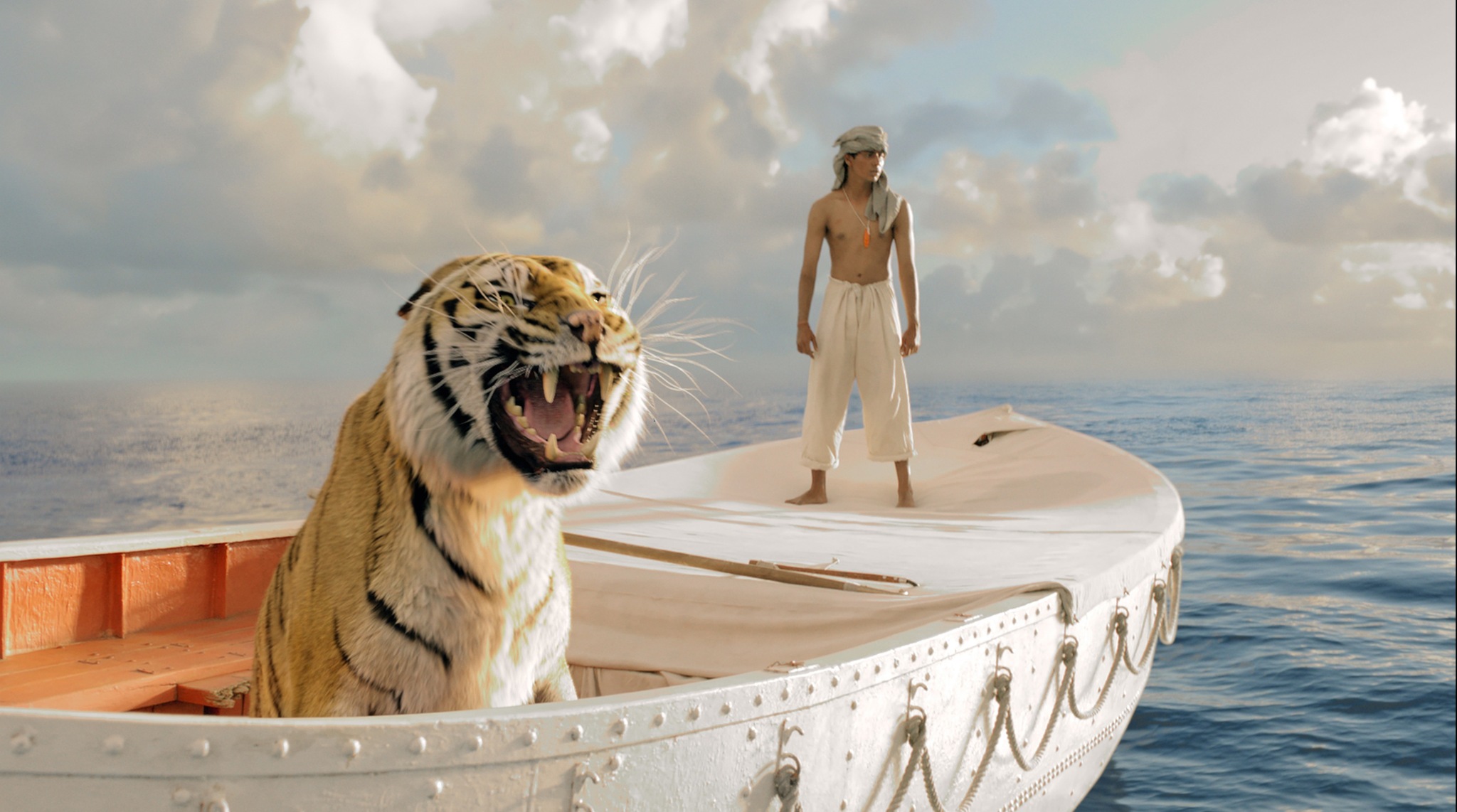Exploring the Depths of Life and Faith: A Cinematic Journey with “Life of Pi”

In 2012, director Ang Lee brought Yann Martel‘s award-winning novel “Life of Pi” to life on the silver screen. This visually stunning and emotionally captivating film takes viewers on a journey of self-discovery, faith, and the power of storytelling. With its breathtaking cinematography, compelling narrative, and thought-provoking themes, “Life of Pi” stands as a testament to the power of cinema to transport audiences to new worlds and challenge their perceptions of reality.
The Power of Storytelling: A Tale within a Tale
At its core, “Life of Pi” is a story about the power of storytelling itself. The film follows the journey of Pi Patel, a young Indian boy who finds himself stranded on a lifeboat in the middle of the Pacific Ocean after a shipwreck. However, what sets this film apart is the way it weaves together multiple narratives, blurring the lines between fact and fiction. Pi recounts his incredible journey to a writer seeking inspiration, presenting two versions of his ordeal: one grounded in reality and another infused with elements of fantasy and spirituality.
This duality of storytelling raises profound questions about the nature of truth and the role of imagination in shaping our perception of reality. As viewers, we are left to ponder whether it is the factual account or the fantastical tale that holds more meaning. Through this narrative device, “Life of Pi” challenges us to consider the power of storytelling as a means to make sense of our own lives and find solace in the face of adversity.
A Visual Feast: Cinematography as a Language
One cannot discuss “Life of Pi” without acknowledging its breathtaking cinematography. From the opening scenes set in the vibrant landscapes of India to the vast expanse of the Pacific Ocean, the film is a visual feast for the eyes. Director Ang Lee, in collaboration with cinematographer Claudio Miranda, masterfully captures the beauty and grandeur of nature, immersing viewers in Pi’s awe-inspiring journey.
The film’s use of 3D technology further enhances the visual experience, allowing audiences to feel as if they are right there with Pi on his lifeboat. The stunning visuals, combined with the seamless integration of computer-generated imagery, create a sense of wonder and magic that is both mesmerizing and thought-provoking. The cinematography in “Life of Pi” serves as a language of its own, conveying emotions and ideas that words alone cannot express.
Faith and Spirituality: A Quest for Meaning
Central to “Life of Pi” is the exploration of faith and spirituality. Pi, a devout follower of multiple religions, finds himself grappling with questions of belief and the existence of God throughout his harrowing journey. As he faces unimaginable challenges and confronts the harsh realities of survival, Pi’s faith becomes a source of strength and solace.
The film raises profound questions about the nature of faith and its role in our lives. Is faith merely a coping mechanism, or does it hold deeper truths that transcend our understanding? Through Pi’s unwavering belief in the face of adversity, “Life of Pi” invites viewers to reflect on their own beliefs and find meaning in the midst of life’s trials.
The Human-Animal Connection: A Reflection of our Humanity
Another compelling aspect of “Life of Pi” is its exploration of the human-animal connection. Pi finds himself sharing his lifeboat with a Bengal tiger named Richard Parker, forging an unlikely bond with this fearsome creature. Their relationship evolves from one of fear and survival to a deep mutual dependence.
This unique bond between Pi and Richard Parker serves as a metaphor for the complex and often contradictory nature of human relationships. It highlights our capacity for compassion, resilience, and the ability to find common ground even in the most unlikely circumstances. Through this relationship, “Life of Pi” reminds us of our shared humanity and the potential for connection and understanding, even in the face of seemingly insurmountable differences.
Conclusion:
“Life of Pi” is a cinematic masterpiece that transcends traditional storytelling. Through its exploration of the power of storytelling, breathtaking cinematography, examination of faith and spirituality, and reflection on the human-animal connection, the film invites viewers on a transformative journey. It challenges us to question our perceptions of reality, find solace in the face of adversity, and discover the profound beauty that lies within the depths of our own lives. As we watch Pi’s extraordinary tale unfold, we are reminded of the power of cinema to ignite our imaginations, broaden our perspectives, and touch our souls.






